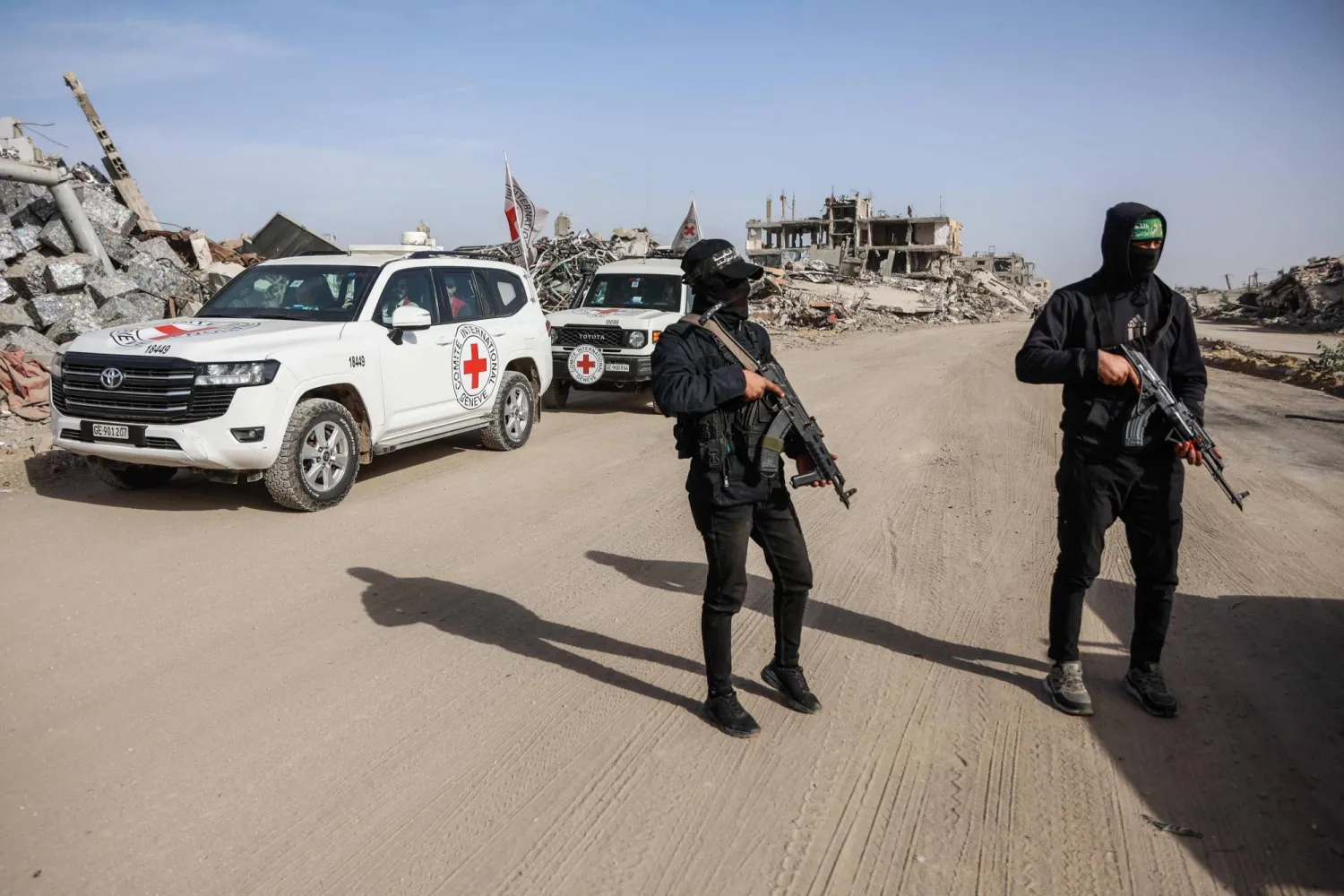Daniel B. Shapiro, a deputy assistant secretary of defense for the Middle East, said the US presence was “solely to ensure the enduring defeat of ISIS and has nothing to do with other aspects of this conflict,” he said.
“We call on all parties in Syria to protect civilians, particularly those from Syria’s minority communities to respect international military norms and to work to achieve a resolution to include the political settlement,” Shapiro said.
“Multiple actors in this conflict have a terrible track record to include Assad’s horrific crimes, Russia’s indiscriminate aerial bomb bombardment, Iranian-back militia involvement and the atrocities of ISIS.”
Shapiro, however, was careful not to directly say Assad had been deposed by the opposition.
“If confirmed no one should shed any tears over the Assad regime,” he added.









